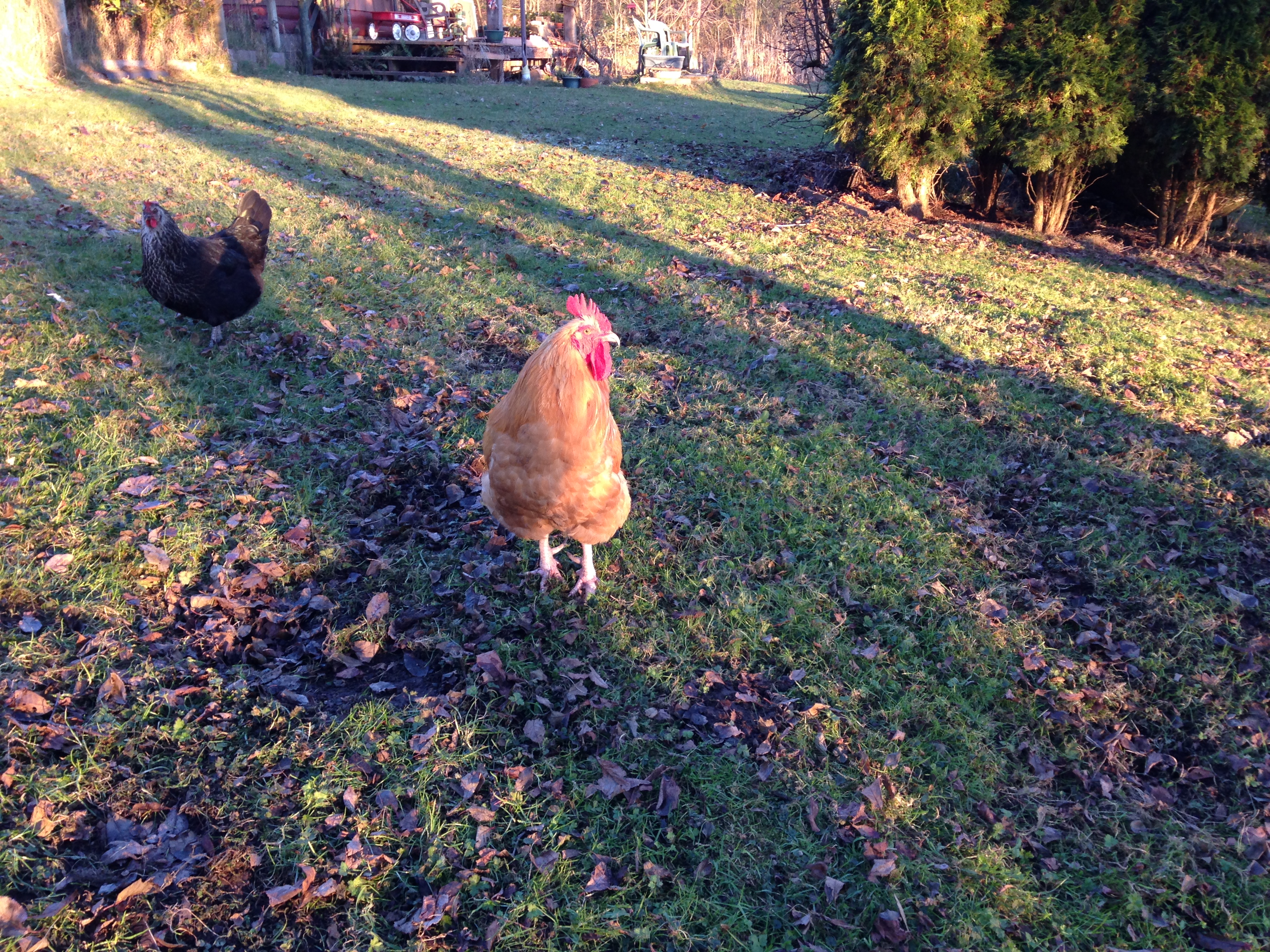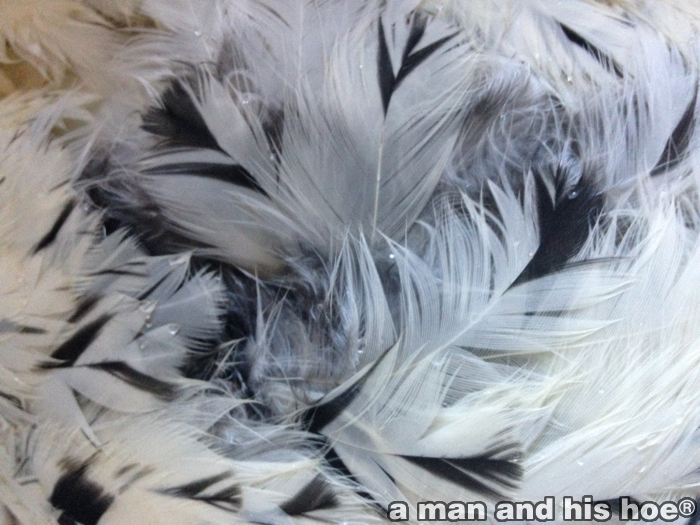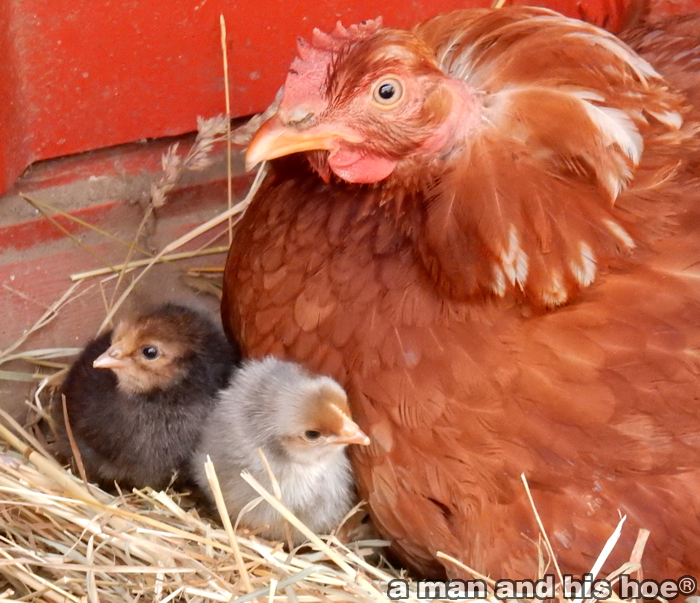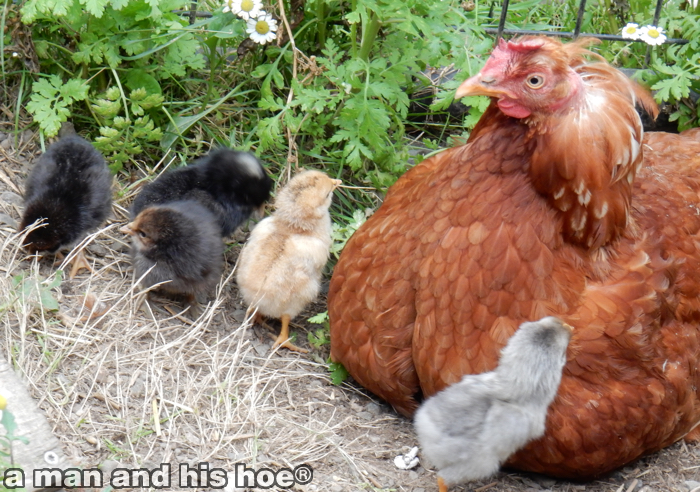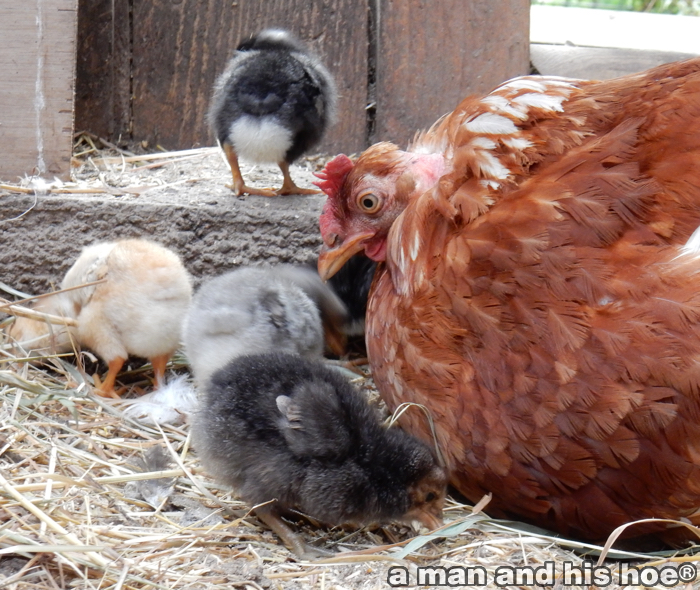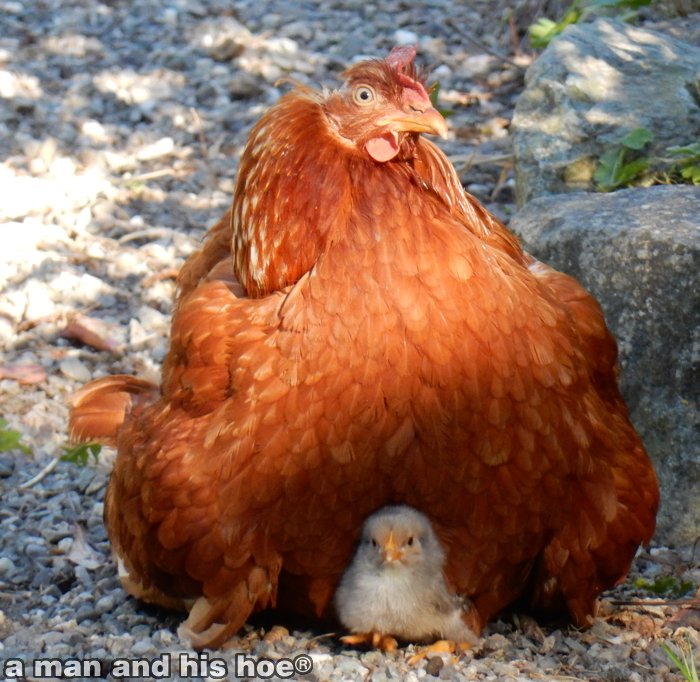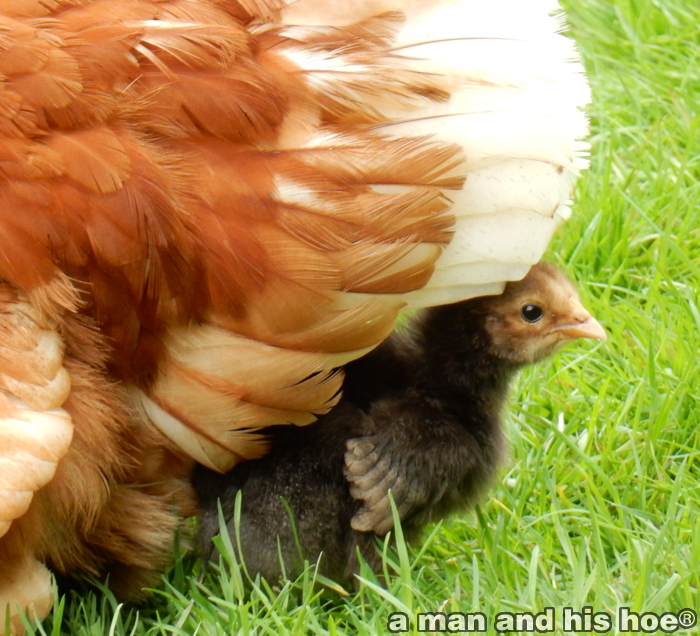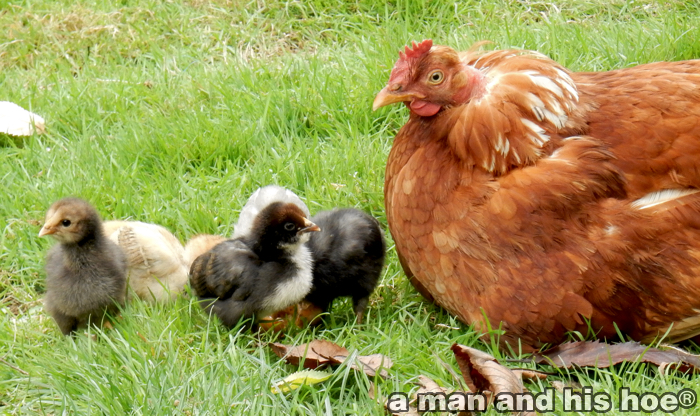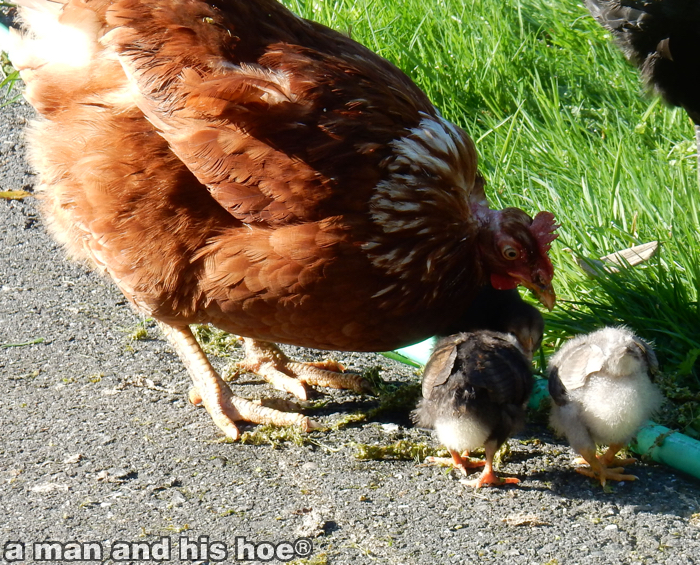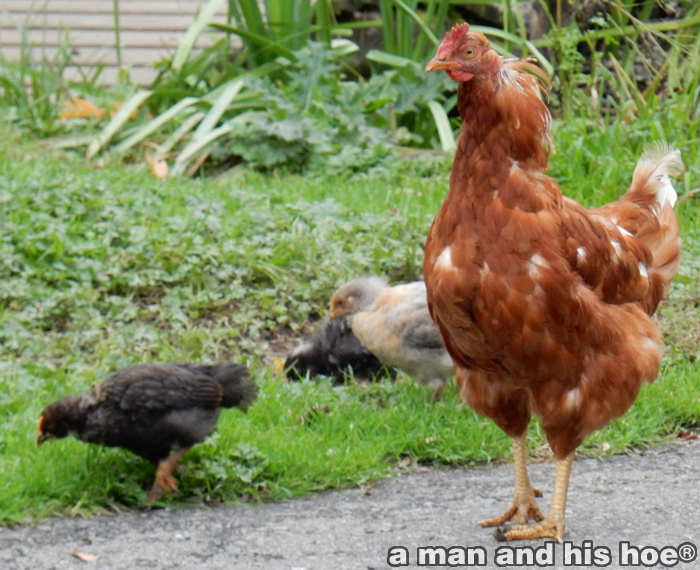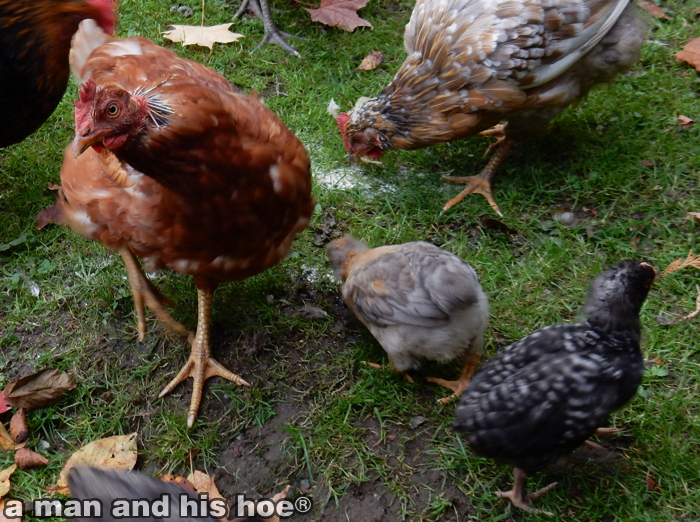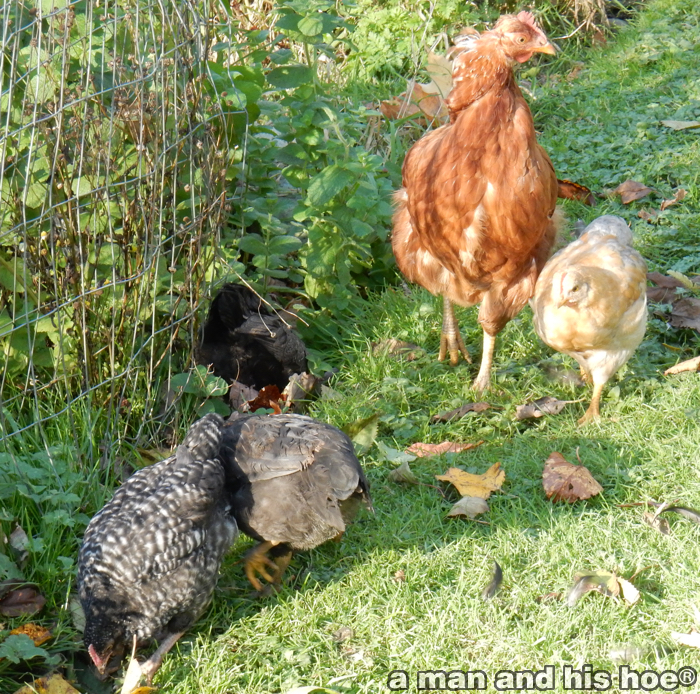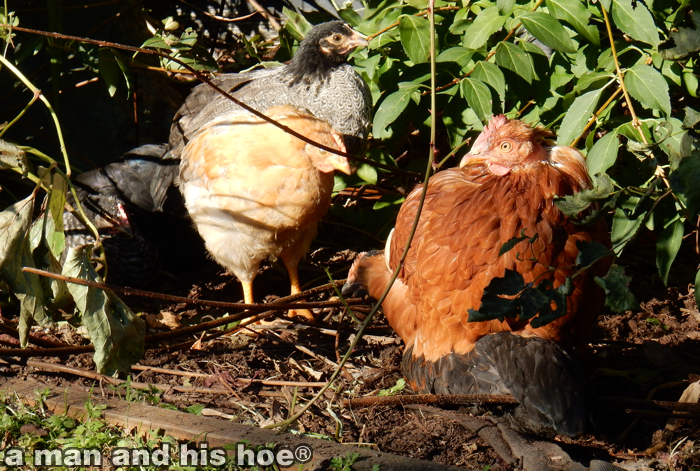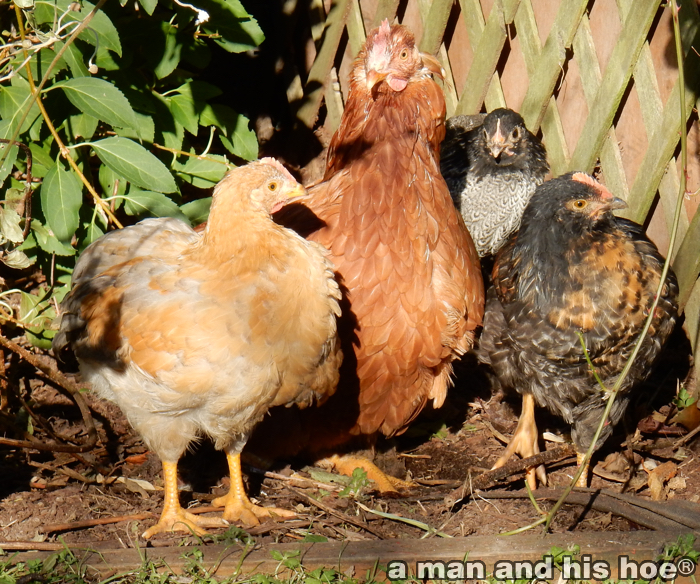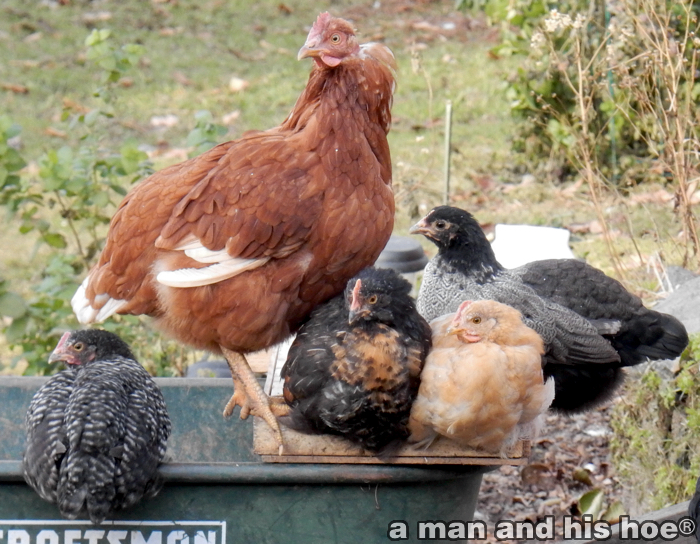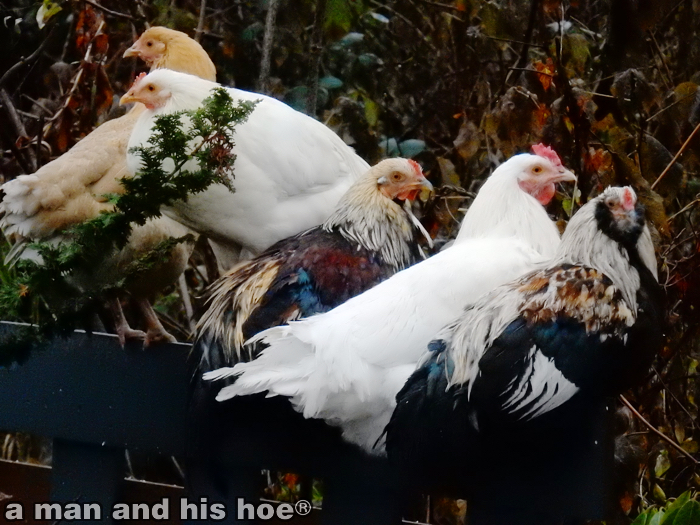
The late afternoon sun likes to play tricks. Against the side of the house is the shadow of a strange dog … which turns out to just be the shadow of a rock.
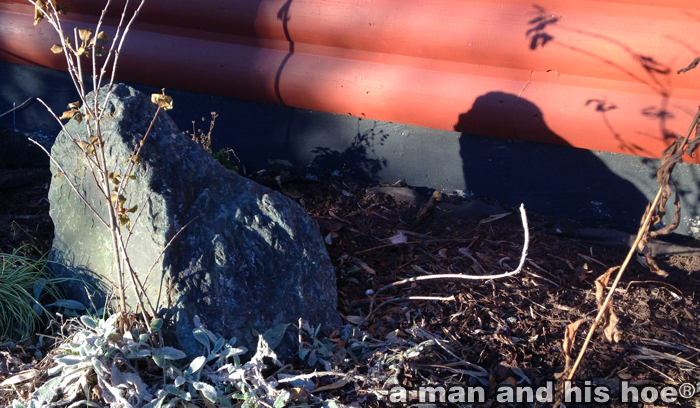
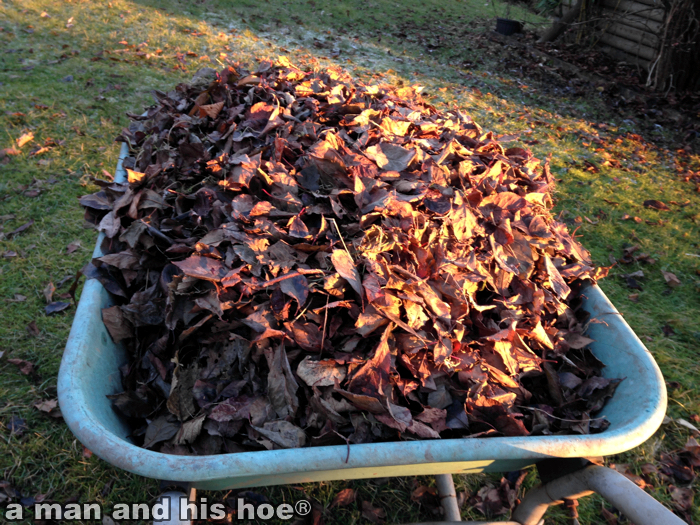
The golden sunlight turns a wheelbarrow of leaves into a pile of gold. The leaves are actually worth more than gold. You can’t eat gold, but the leaves will turn into rich soil which will nourish a field of carrots and beans and kale, which in turn will feed us.
A calamity many organic farmers in the Fukushima area experienced after the nuclear meltdown, was the radioactive contamination of the forests. They relied on the fallen leaves of the forest to help nourish their fields. The government could decontaminate their dwellings and their fields, but no one knew how to decontaminate entire forests, and so the farmers lost an important source of nutrients for their crops.
We humans keep building these incredible, fantastic, complicated mechanisms like nuclear power plants, but when they go poof! we have no idea how to undo the unimaginable harm they cause. There will be towns around the Fukushima nuclear power plants that people will never live in again.
It is like the destruction of the Herring fishery in Prince William Sound after the Exxon Valdez ran aground. Twenty-five years have passed since that manmade calamity, and the herring have still yet to recover. There never seems to be any adequate accounting or compensation or meaningful punishment for those who bring such devastation to an ecosystem, because it keeps happening again and again. 600,000 to 800,000 birds died due to the Deepwater Horizon oil disaster. All the money in the world can’t make up for such enormous devastation.
In the case of the Exxon Valdez disaster, a fitting punishment would have been to make the CEO and board members of Exxon eke out a living by fishing for herring in a sound with no herring. Only after twenty-five years would they have begun to comprehend a fraction of the harm their greed and decisions wrought.


